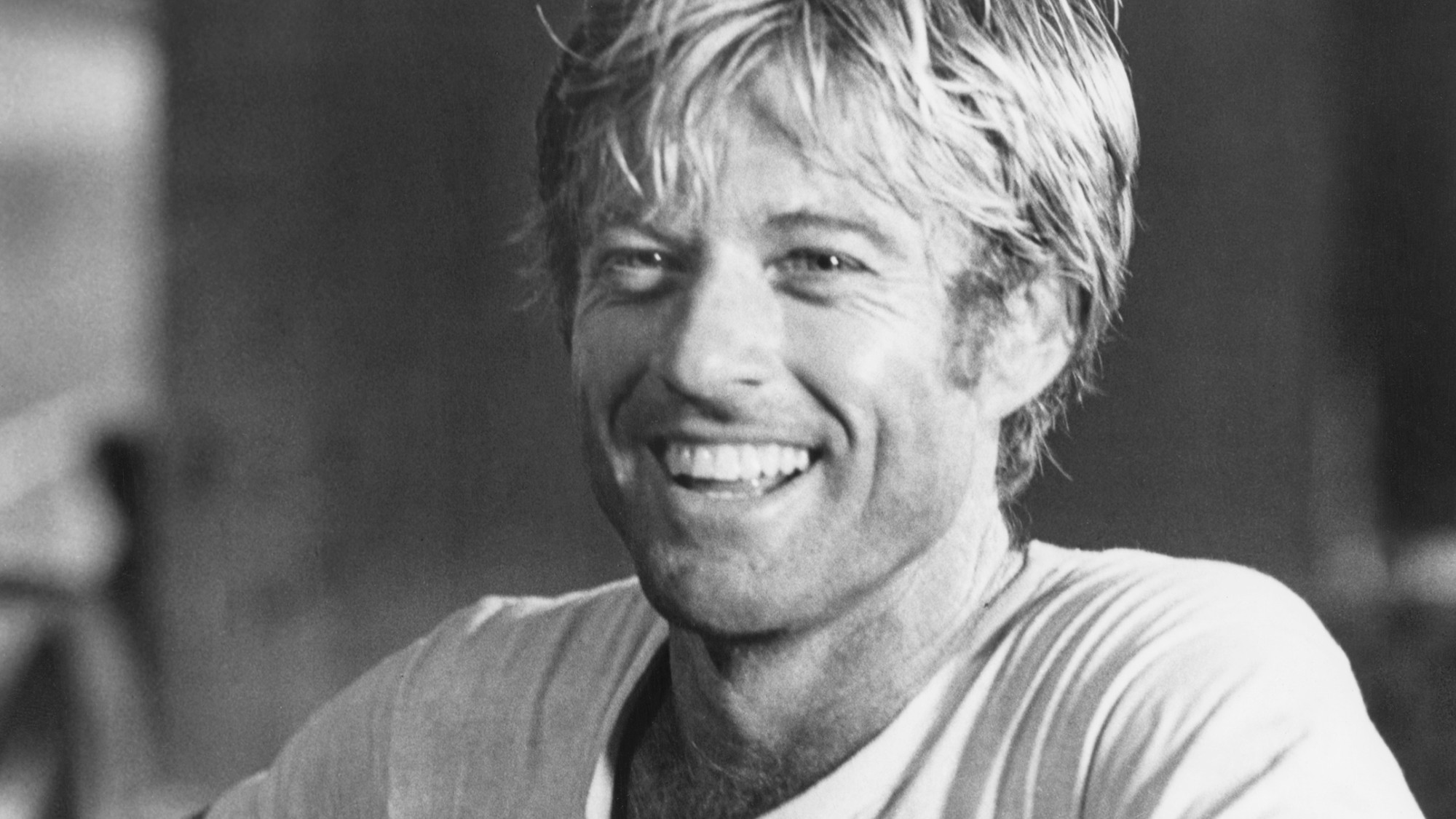Elizabeth Taylor, 1932–2011
The violet-eyed beauty who defined movie stardom
Elizabeth Taylor remained the quintessential movie star long after her last on-screen role (a forgettable turn as Wilma Flintstone’s mother, Pearl Slaghoople, in 1994’s The Flintstones). She was as famous for her many marriages—eight of them, including two to Richard Burton—as she was for her films, and she was an icon of the gay community for her early efforts to raise awareness about AIDS. She posed bald in Life magazine in 1997 after having a benign brain tumor removed, and made a memorable, if not entirely sober, appearance at the 2001 Golden Globe awards. “I’ve been through it all, baby,” she once told an interviewer. “I’m Mother Courage.”
Taylor was born in London to a St. Louis art dealer and his actress wife; the family returned to the U.S. in 1939 “to escape the coming war,” said The Boston Globe. They moved to Los Angeles, where young Elizabeth’s “air of British refinement” and “striking, violet-eyed prettiness” earned her a screen test and a contract with Universal Pictures. A string of small roles followed, but in 1944, armed with a new contract with MGM, she landed the role “that turned the young actress into a household name.” As “horse-crazy Velvet Brown” in National Velvet, she projected such intense passion for the title horse “that one British reviewer was unsettled” by the depth of her emotion.
Intense emotion was Taylor’s signature, said USA Today. “Beauty, glamour, love, men, food, alcohol, friends, causes—everything was done in a big, theatrical, first-class-or-bust kind of way.” Her life encompassed more than 100 movies, four children, “a slew of grandchildren,” at least 70 hospitalizations or operations, and two trips to the Betty Ford Center. Some of her throwaway comments might have wrecked a lesser career. When Hollywood gossip columnist Hedda Hopper chided her for stealing Eddie Fisher from his then wife, Debbie Reynolds, she snapped, “What do you expect me to do? Sleep alone?”
The Week
Escape your echo chamber. Get the facts behind the news, plus analysis from multiple perspectives.

Sign up for The Week's Free Newsletters
From our morning news briefing to a weekly Good News Newsletter, get the best of The Week delivered directly to your inbox.
From our morning news briefing to a weekly Good News Newsletter, get the best of The Week delivered directly to your inbox.
Nominated six times for an Academy Award, she won three (including the Jean Hersholt Humanitarian Award in 1993). She took her first Best Actress statuette in 1961 for her portrayal of Gloria Wandrous, the doomed model-escort in BUtterfield 8. Her second came in 1967 for her lacerating performance alongside Burton in Who’s Afraid of Virginia Woolf? Typically irreverent, she claimed she won her first Oscar only because she was hospitalized with double pneumonia when that year’s award season rolled around. “I won the Oscar because I almost died,” she later said. “Pure and simple.”
A free daily email with the biggest news stories of the day – and the best features from TheWeek.com
-
 5 editorial cartoons about ICE killing Renee Nicole Good
5 editorial cartoons about ICE killing Renee Nicole GoodCartoons Artists take on ICE training, the Good, bad, ugly, and more
-
 Political cartoons for January 10
Political cartoons for January 10Cartoons Saturday’s political cartoons include a warning shot, a shakedown, and more
-
 Courgette and leek ijeh (Arabic frittata) recipe
Courgette and leek ijeh (Arabic frittata) recipeThe Week Recommends Soft leeks, tender courgette, and fragrant spices make a crisp frittata
-
 Joanna Trollope: novelist who had a No. 1 bestseller with The Rector’s Wife
Joanna Trollope: novelist who had a No. 1 bestseller with The Rector’s WifeIn the Spotlight Trollope found fame with intelligent novels about the dramas and dilemmas of modern women
-
 Frank Gehry: the architect who made buildings flow like water
Frank Gehry: the architect who made buildings flow like waterFeature The revered building master died at the age of 96
-
 R&B singer D’Angelo
R&B singer D’AngeloFeature A reclusive visionary who transformed the genre
-
 Kiss guitarist Ace Frehley
Kiss guitarist Ace FrehleyFeature The rocker who shot fireworks from his guitar
-
 Robert Redford: the Hollywood icon who founded the Sundance Film Festival
Robert Redford: the Hollywood icon who founded the Sundance Film FestivalFeature Redford’s most lasting influence may have been as the man who ‘invigorated American independent cinema’ through Sundance
-
 Patrick Hemingway: The Hemingway son who tended to his father’s legacy
Patrick Hemingway: The Hemingway son who tended to his father’s legacyFeature He was comfortable in the shadow of his famous father, Ernest Hemingway
-
 Giorgio Armani obituary: designer revolutionised the business of fashion
Giorgio Armani obituary: designer revolutionised the business of fashionIn the Spotlight ‘King Giorgio’ came from humble beginnings to become a titan of the fashion industry and redefine 20th-century clothing
-
 Ozzy Osbourne obituary: heavy metal wildman and lovable reality TV dad
Ozzy Osbourne obituary: heavy metal wildman and lovable reality TV dadIn the Spotlight For Osbourne, metal was 'not the music of hell but rather the music of Earth, not a fantasy but a survival guide'